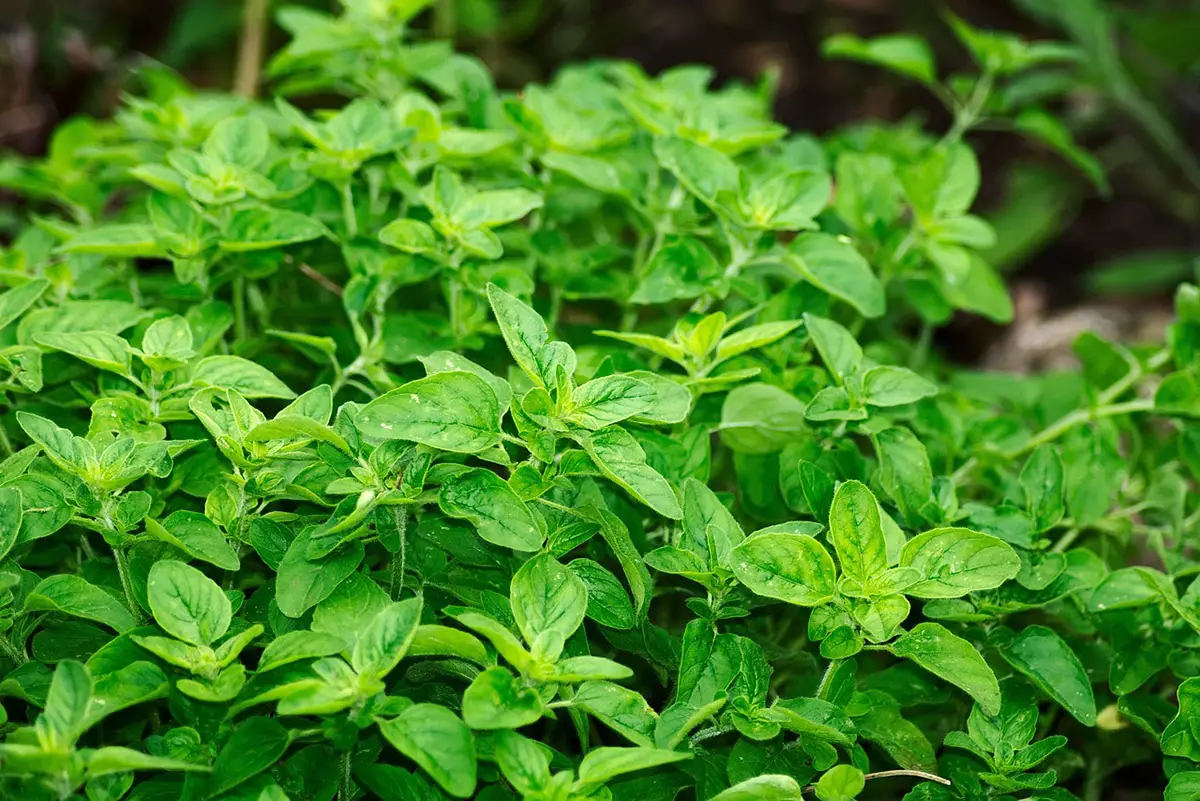
Oregano is an aromatic herb with a distinctive and versatile flavor that has been used in various culinary recipes for centuries. It is widely used in Mediterranean cuisine, but is also found in many other cuisines around the world, including Mexican and Greek. In addition to its culinary use, oregano has also been used in traditional medicine to treat a variety of conditions, from headaches to respiratory problems. Therefore, growing this plant at home is not a bad idea at all. But when is oregano collected? And how to do it?
Our goal is to answer these questions. It should be said that oregano can be easily grown in a garden or in pots indoors, and its annual bloom attracts a wide variety of pollinating insects. Additionally, this vegetable is known for its ability to repel pests, making it ideal for an organic garden. In this article we will explore further the properties and uses of oregano, including its collection and its culinary and medicinal applications.
When can oregano be harvested?

When we talk about oregano, we are referring to an aromatic herb with green leaves and purple or pink flowers, used in cooking and in traditional medicine. It has a strong and characteristic flavor, and is widely used in Mediterranean cuisine, but also in other culinary cultures around the world. Additionally, oregano has also been used as a natural remedy for a variety of conditions, so it doesn’t hurt to grow it in our home. Fortunately it is easy to grow but we must know when the oregano is collected.
This task must be performed when flowers and leaves are fully developed, usually mid-summer to early fall. To collect oregano, the twigs are cut and dried in the open air, away from direct sunlight. Once dry, it can be stored in an airtight container and used as a spice in cooking. Next we will explain in more detail how to do it.
How to collect and dry oregano?
Now that we know when oregano is collected, it’s time to find out how to carry out this task. The first thing to do is cut the twigs. To do this we have to use garden shears or a sharp knife and select the twigs we want. It is of the utmost importance leave enough leaves on the plant so that it can continue to grow and produce, So let’s not get too greedy! Once this work is done, we have two options to dry the oregano:

Related article:
How to dry oregano
- Air dry: In this method we must place the oregano twigs that we have collected on a flat surface and let them dry in the open air, away from direct sunlight. This can take from one to two weeks, depending on the humidity and temperature of the environment.
- Hanging the oregano upside down: Another option is to hang the sprigs of oregano that we have collected upside down in a cool and ventilated place until they are completely dry. This helps prevent moisture and mold buildup.
Whichever option we choose, then it’s time to store the oregano. When the twigs are already dry, we have to remove the leaves and store them in an airtight container. We can store this container later in the pantry or in the fridge, according to our preferences and needs. And that’s it! We can now use oregano from our own harvest to prepare various exquisite culinary recipes.
oregano uses

As we have already mentioned above, oregano is an aromatic and spicy herb used in cooking to add flavor to a wide variety of dishes. It is used above all in Mediterranean cuisine to season pasta dishes, meats, vegetables and sauces. In addition, this plant is used worldwide as a flavoring. Depending on the region, breads, soups, stews and casseroles are usually made with this aromatic herb. We can also find various oils and vinegars made with oregano. These are very popular in the kitchen to flavor salads, marinades, and other dishes.
Apart from its wide use in the kitchen, Oregano is also very popular in the field of health, thanks to its medicinal properties. Therefore it is not surprising that it is found in various natural remedies to treat respiratory ailments, headaches and digestive problems.
So we can say that oregano is a versatile herb that is highly appreciated in the kitchen for its flavor and aroma. It is also known for its medicinal properties and it is used in a wide variety of products, from oils and vinegars to infusions and syrups.
Benefits
As we can deduce from its many uses, oregano has several properties that are very beneficial and advantageous for us. Let’s see what they are:
- Flavor and smell: Oregano is known for its strong flavor and aroma, which make it a popular kitchen herb to flavor a wide variety of dishes.
- Medicinal properties: This aromatic herb has been shown to have antibacterial, anti-inflammatory, and pain-relieving properties. Therefore it is commonly used as a natural remedy to treat respiratory problems, headaches and digestive problems.
- Nutrient Source: Oregano is rich in antioxidants and vitamins, including vitamin C and vitamin K. Additionally, it is a good source of iron, calcium, and manganese.
- Easy cultivation: As if that were not little, this plant is an easy-to-grow herb that can be grown both indoors and outdoors. It is resistant to diseases and pests, and requires little maintenance. What more can we ask for?
In summary we can say that oregano is a versatile herb that has not only become so popular for its flavor and aroma, but also for its medicinal properties and its ease of cultivation. It is a popular ingredient in cooking and is also used in a wide variety of health and wellness products. These types of plants never hurt to have at home!

